Why photo booths are enjoying a revival
It’s 100 years since it first appeared, but the photo booth is far from an analogue relic
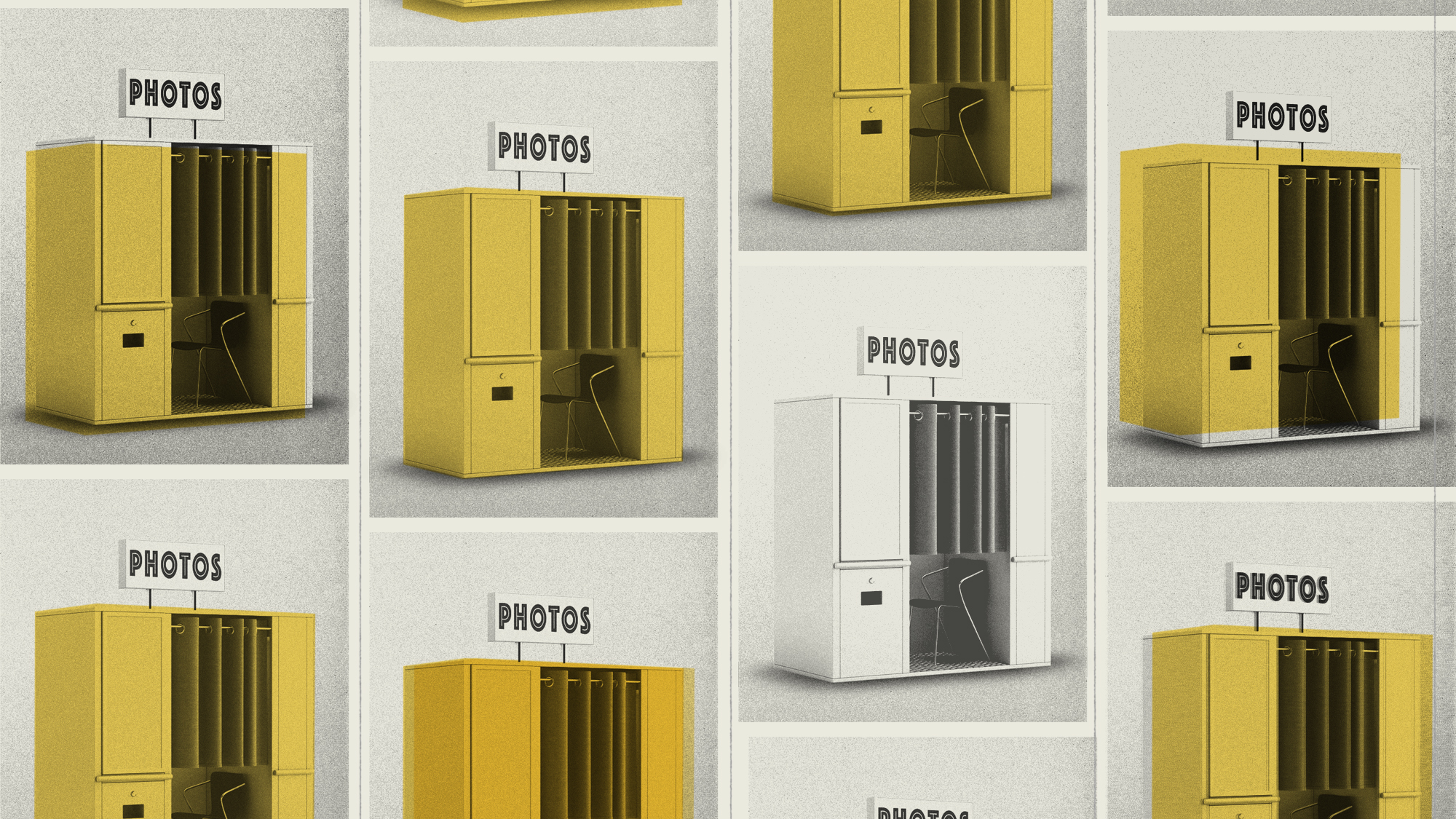
This year marks the centenary of the photo booth, which made its first appearance in 1925 on the streets of New York City. But far from slowing down as they reach their 100th birthday, they’re enjoying a revival as young people flock to use them.
Far from being just a way to get passport photographs or take fun snaps with friends, these booths have played a surprisingly significant part in social history.
‘Gorgeous’ quality
The photo booths that sprang up from the 1920s onwards were totally unlike existing commercial photography in that they “offered everyone the chance to pose without being under the watchful eye of a photographer”, said The Independent. This was especially significant for marginalised communities; “behind the drawn fabric”, same-sex couples were “free to kiss” and, unlike many US states, photo booths “never enforced segregation” or criminalised interracial relationships.
The Week
Escape your echo chamber. Get the facts behind the news, plus analysis from multiple perspectives.

Sign up for The Week's Free Newsletters
From our morning news briefing to a weekly Good News Newsletter, get the best of The Week delivered directly to your inbox.
From our morning news briefing to a weekly Good News Newsletter, get the best of The Week delivered directly to your inbox.
By the 1950s and 1960s, they were a “common feature at fairs, shopping centres and train stations”, wrote the Photographers’ Gallery on Meer. Their simplicity and low cost made them a particularly democratic institution. “Anyone could step behind the curtain, alone or crammed in with friends, put their money in the slot and strike a pose.” Photo-booth snaps were “loved by everyone” from John Lennon and Yoko Ono, to John and Jacqueline Kennedy, and Andy Warhol used them for a “famous series of self-portraits”.
Despite the “gorgeous” quality of their prints, the rise of the digital camera and smartphone displaced the analogue photo booth, which has, “gradually, disappeared entirely”, said The Independent.
‘Curtained privacy’
But now, “restored by dedicated experts”, analogue photo booths are “reappearing in cities across the world” where they are “enjoying a resurgence of interest and delight with modern-day fans”, said Meer. A new exhibition at The Photographers’ Gallery in London, “Strike a pose! 100 years of the photobooth”, celebrates the cultural and aesthetic legacy of photo-booth photography.
A 1970s photo booth in New York’s Lower East Side has been “drawing long lines” of young people who “yearn for a more physical media”, said The New York Times. It’s another example of how younger generations “often feel nostalgic for a time they never experienced” and have “flocked” to various forms of “physical media that some say forces them to slow down and be present”.
A free daily email with the biggest news stories of the day – and the best features from TheWeek.com
“When life is sad or uncertain, we need to feel love,” said The Independent, and that’s when “we crave silliness and joy most”. The “antique charm, curtained privacy and non-judgemental gaze” of photo booths still offers the chance to “experience delight for just a few pounds”.
Chas Newkey-Burden has been part of The Week Digital team for more than a decade and a journalist for 25 years, starting out on the irreverent football weekly 90 Minutes, before moving to lifestyle magazines Loaded and Attitude. He was a columnist for The Big Issue and landed a world exclusive with David Beckham that became the weekly magazine’s bestselling issue. He now writes regularly for The Guardian, The Telegraph, The Independent, Metro, FourFourTwo and the i new site. He is also the author of a number of non-fiction books.
-
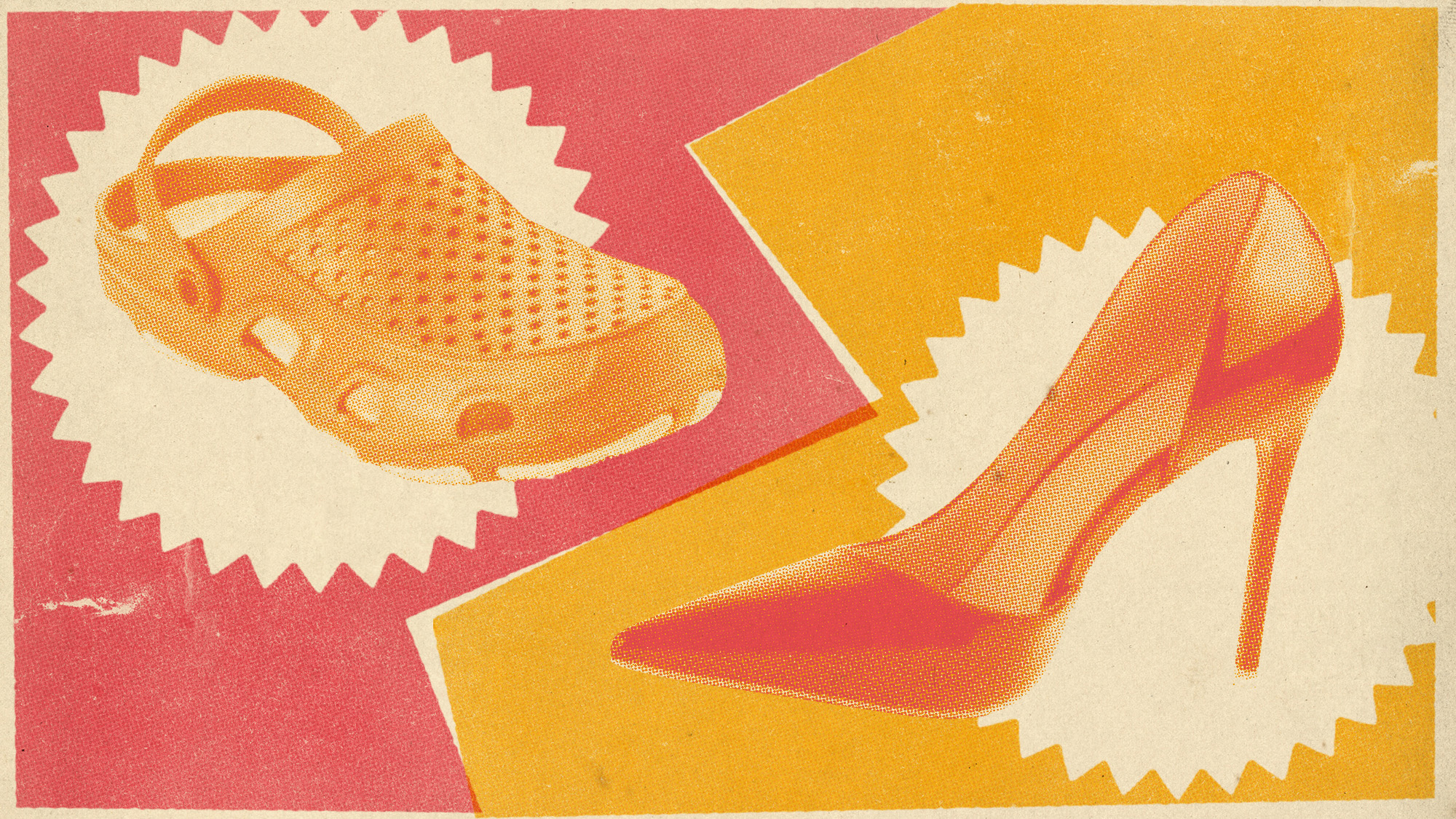 The ‘swag gap’: are you better than your partner?
The ‘swag gap’: are you better than your partner?In The Spotlight The viral terminology sheds light on power dynamics in modern relationships
-
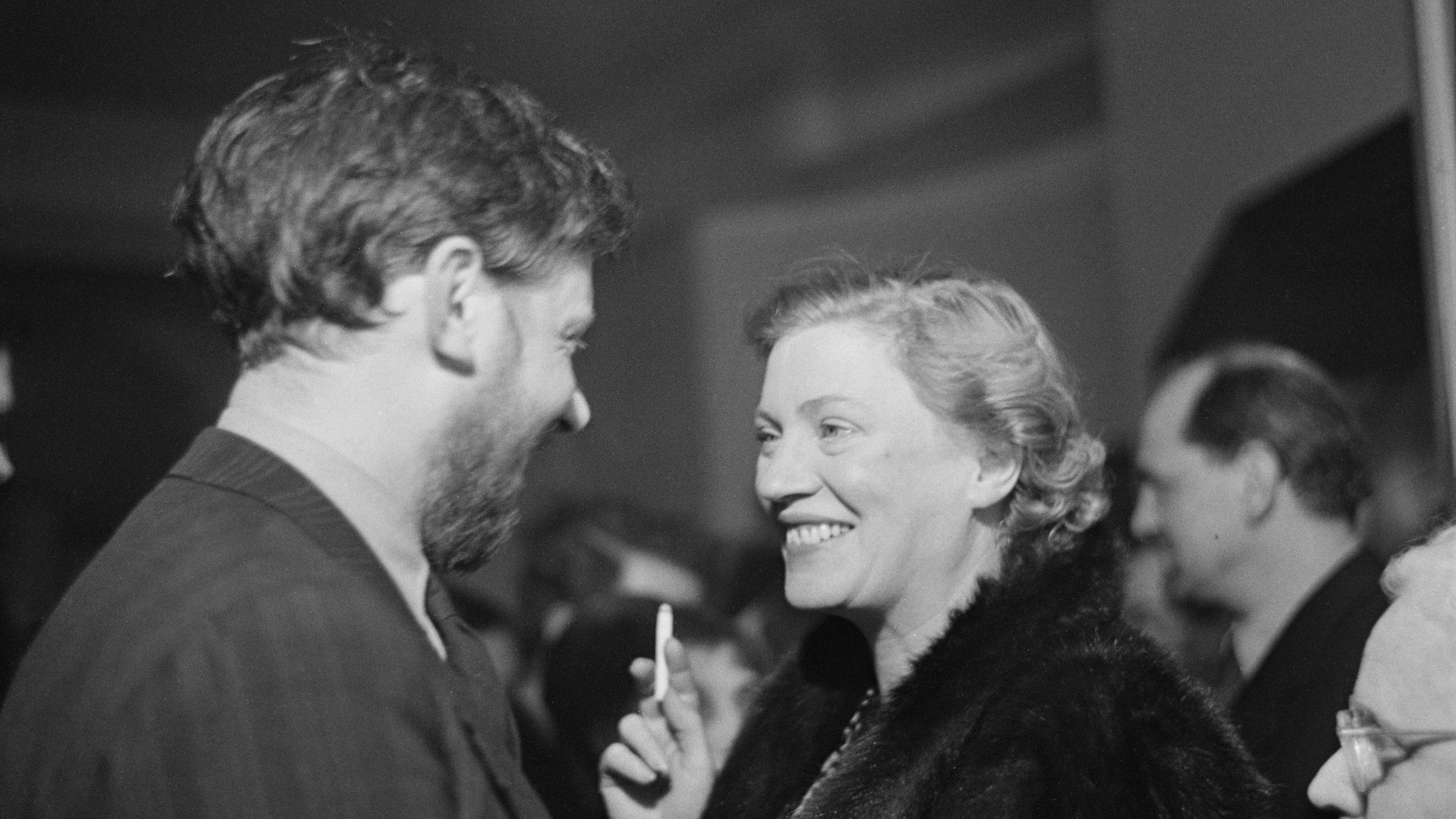 Lee Miller at the Tate: a ‘sexy yet devastating’ show
Lee Miller at the Tate: a ‘sexy yet devastating’ showThe Week Recommends The ‘revelatory’ exhibition tells the photographer’s story ‘through her own impeccable eye’
-
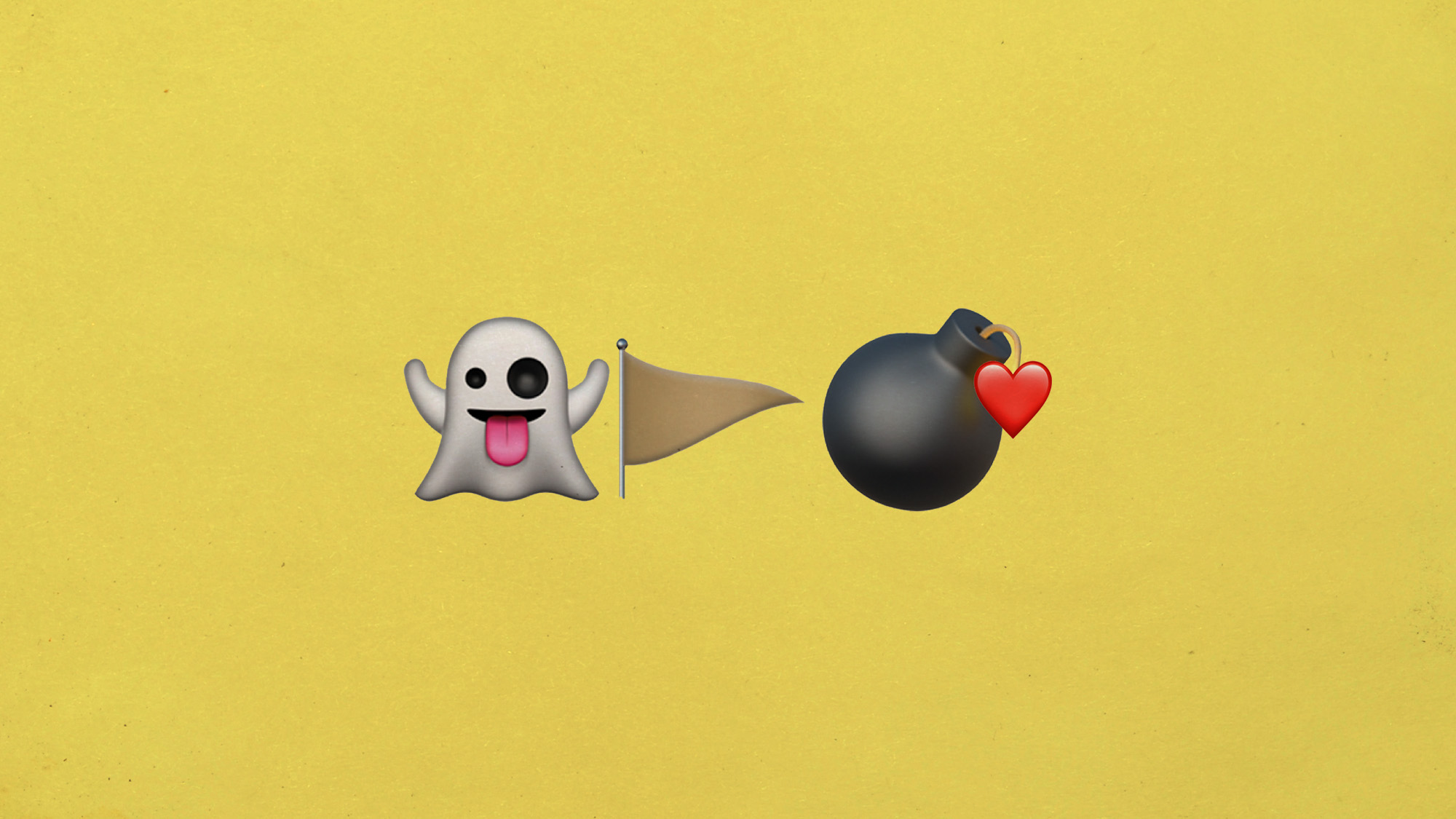 15 dating phrases Gen Z uses
15 dating phrases Gen Z usesIn Depth Knowing these neologisms can help anyone navigate the extremely online world of youth romance culture
-
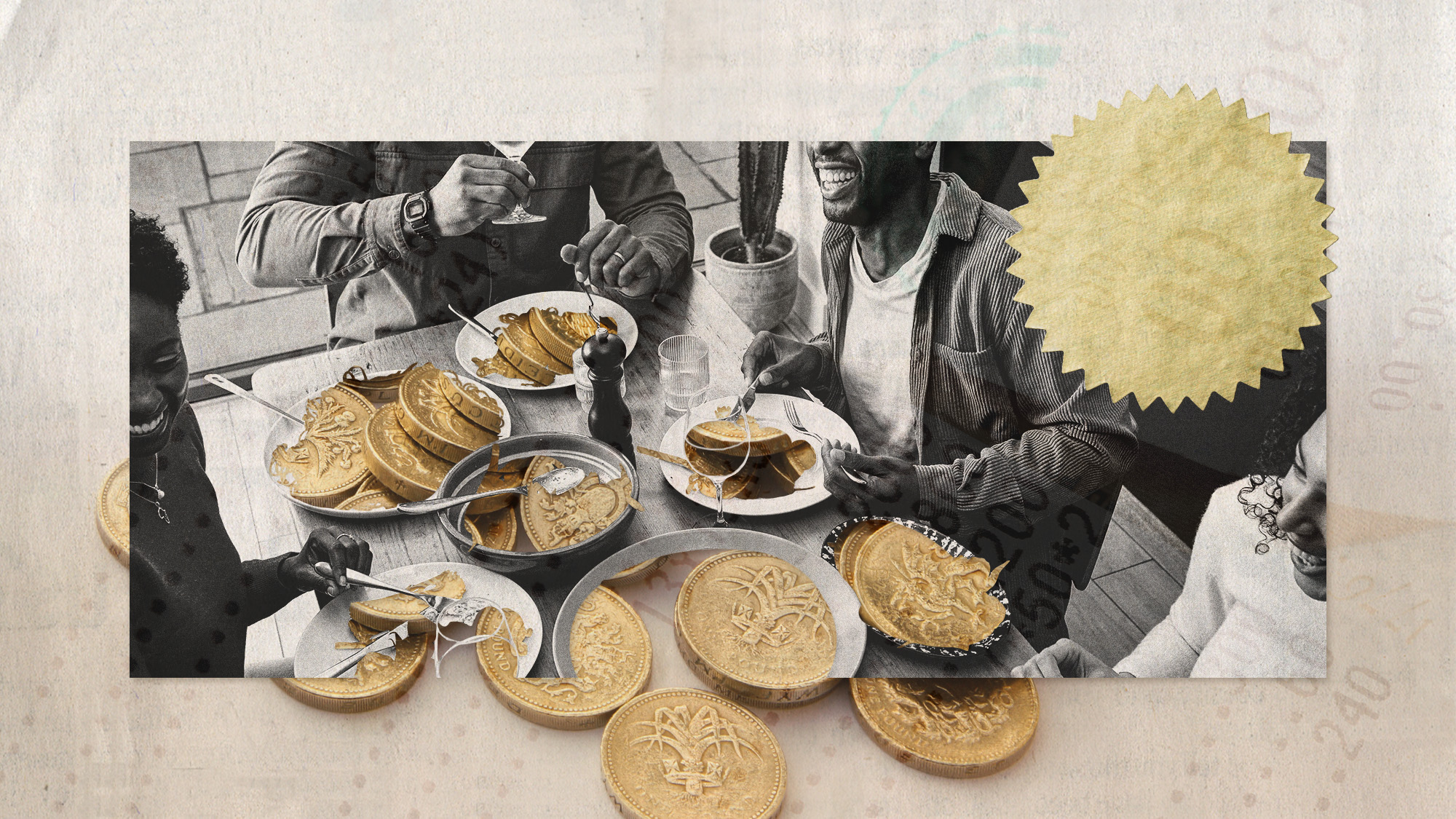 ‘Friendflation’: the increasing cost of maintaining a social life
‘Friendflation’: the increasing cost of maintaining a social lifeUnder the Radar Cost-of-living squeeze has left some feeling priced out of social events and struggling to keep up friendships
-
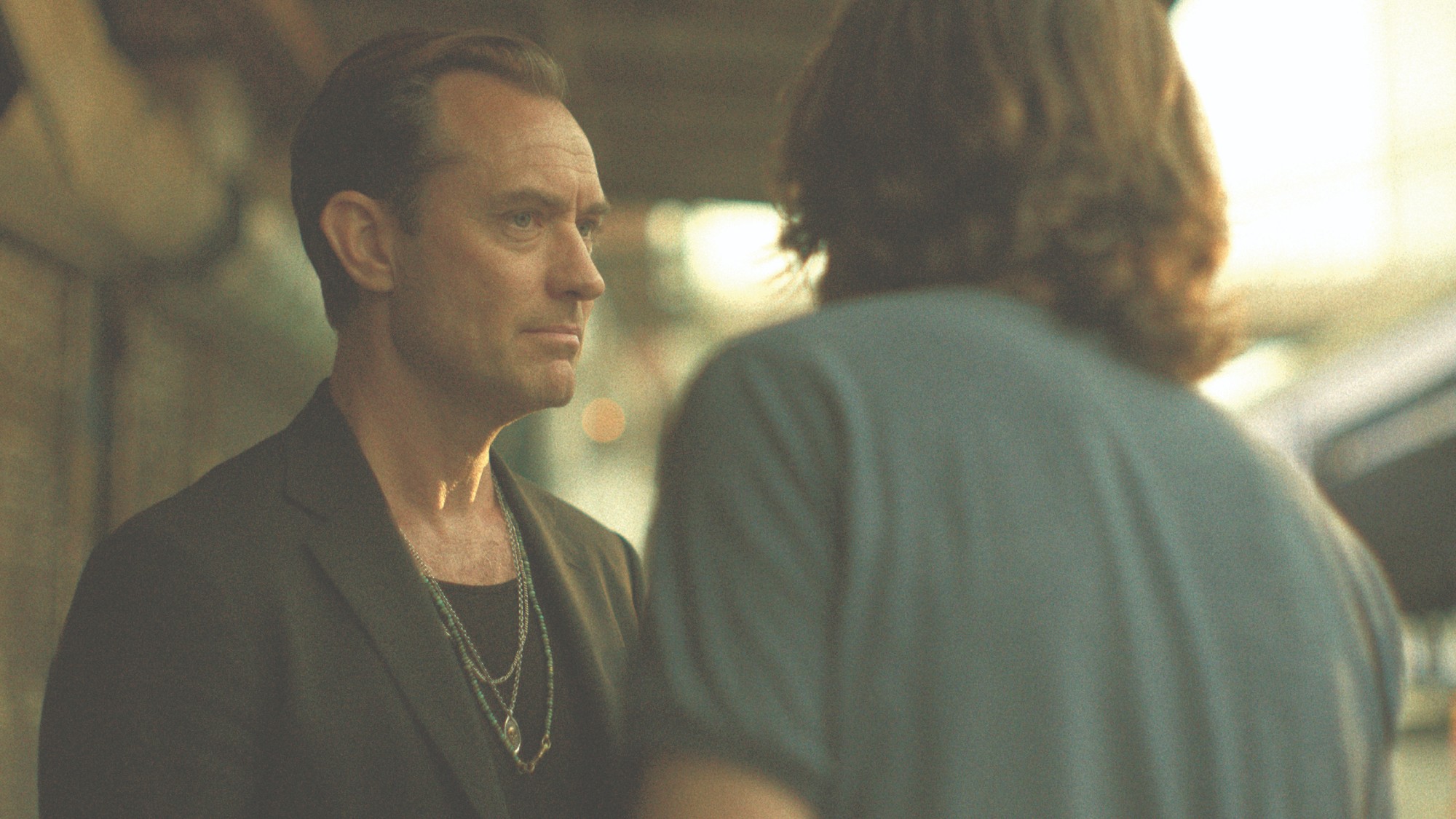 Black Rabbit: slick crime thriller set in a high-end New York restaurant
Black Rabbit: slick crime thriller set in a high-end New York restaurantThe Week Recommends Two Manhattan brothers resort to ‘ever-more high-stakes’ schemes to tackle ‘huge’ gambling debts in the ‘glossy’ series
-
 Pickle juice drinks that pack a punch
Pickle juice drinks that pack a punchThe Week Recommends Use leftover brine to make fresh lemonade and tangy margaritas
-
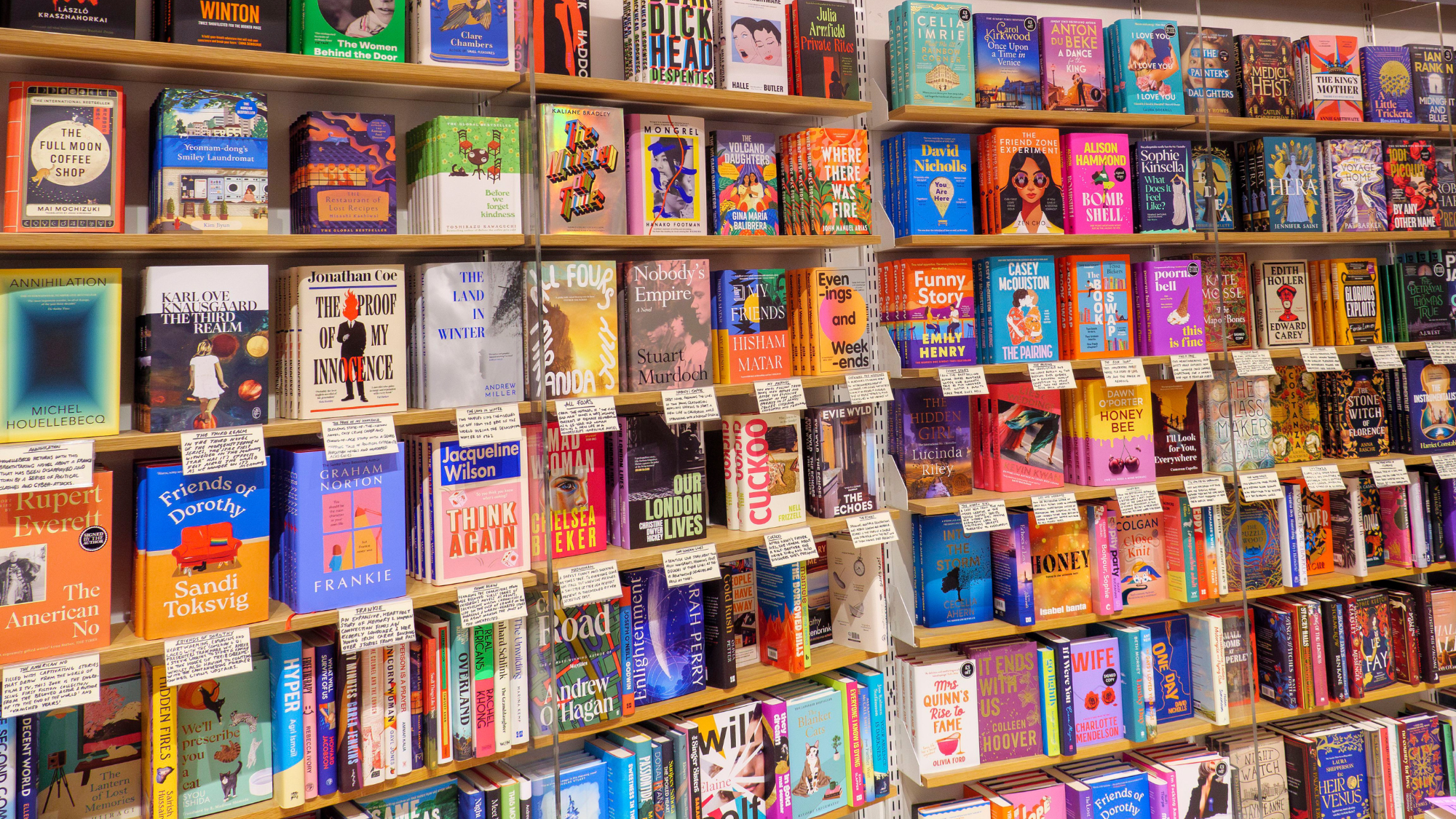 BookTok is reviving publishing – but at what cost?
BookTok is reviving publishing – but at what cost?In The Spotlight Social media recommendations are boosting book sales but critics give the trend mixed reviews
-
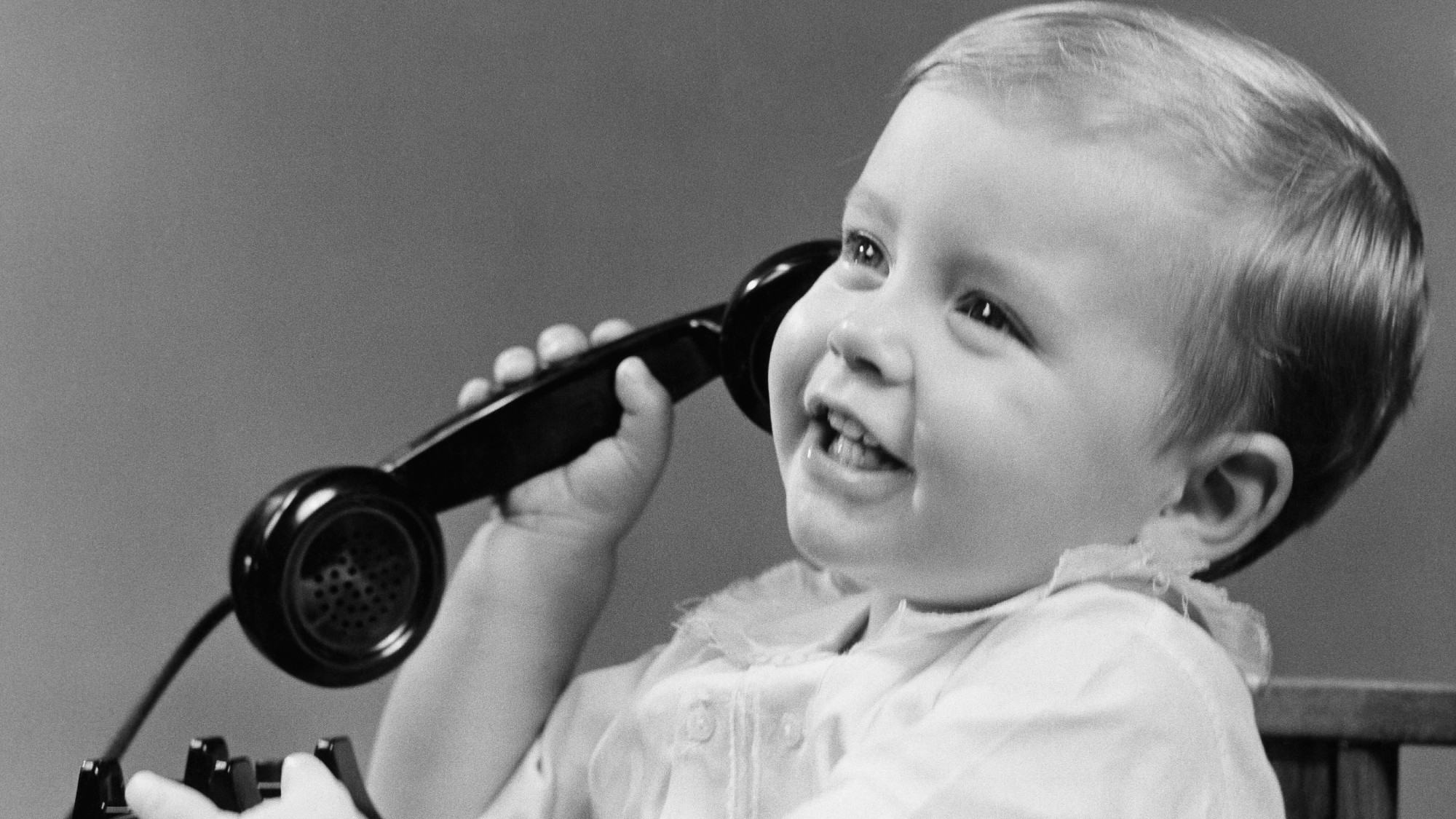 Telephobia: why young people are being taught how to make phone calls
Telephobia: why young people are being taught how to make phone callsIn The Spotlight Young people are so scared of calls that they 'scream' when their phone rings

